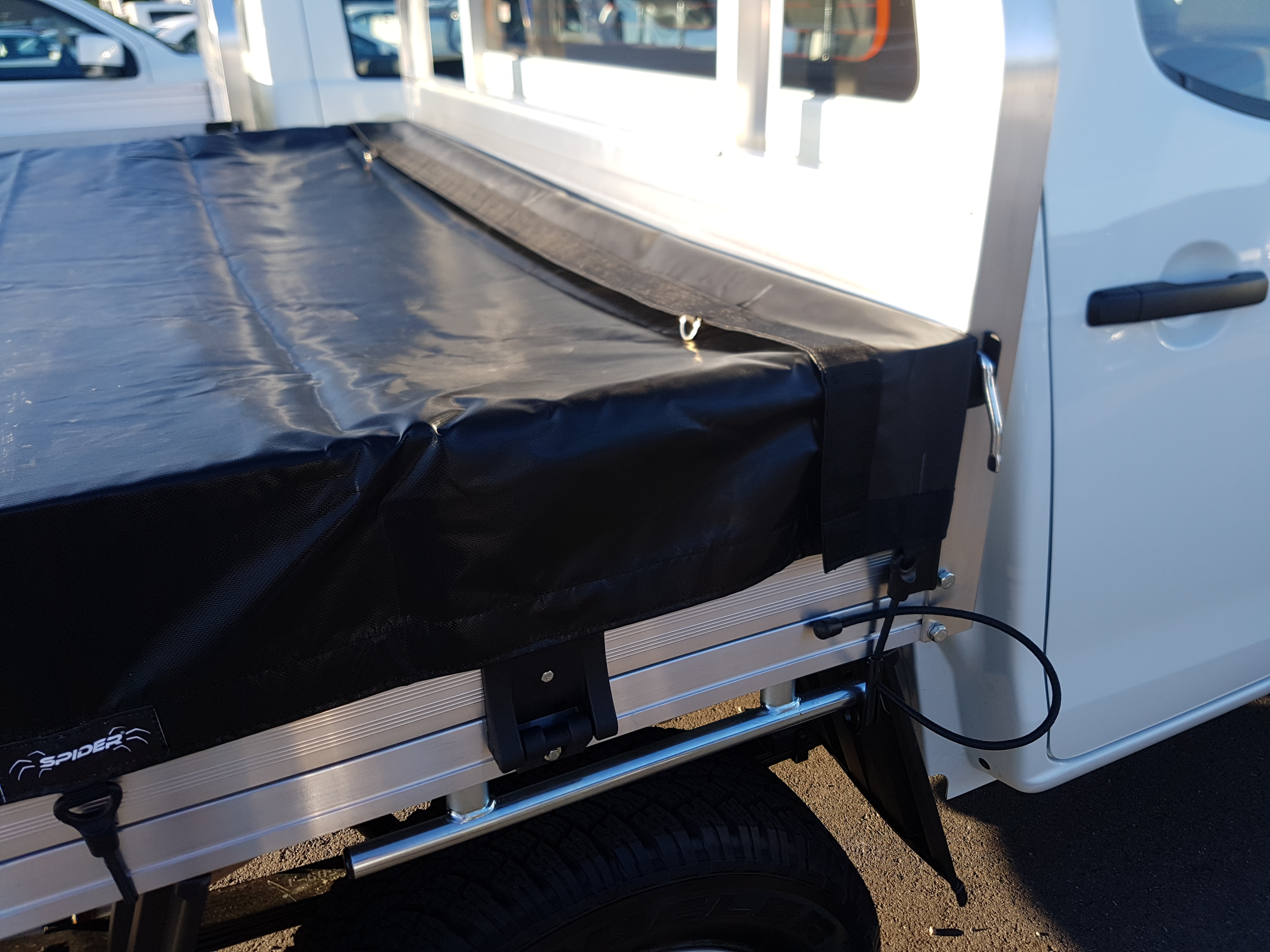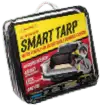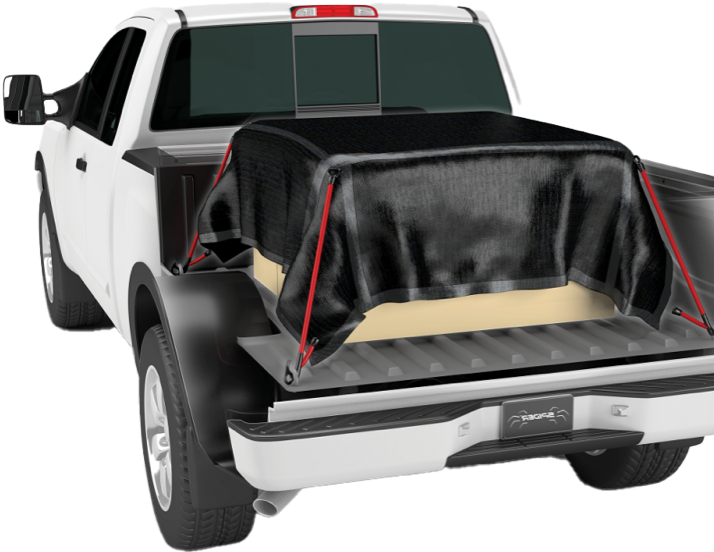The material tarps are made of can depend on their use and origin. Most commonly, tarps can be made from a variety of materials, including polyethylene, canvas and vinyl. Each tarp material has its own advantages and disadvantages, and it’s important to understand the properties of each before making a decision.
Tarps have been around for centuries and have been used for a variety of purposes, from protecting outdoor equipment to providing temporary shelter. With so many different types of tarps available on the market, it can be tough to figure out which one is best for your needs and why.
The backstory of tarps and what materials they're made of
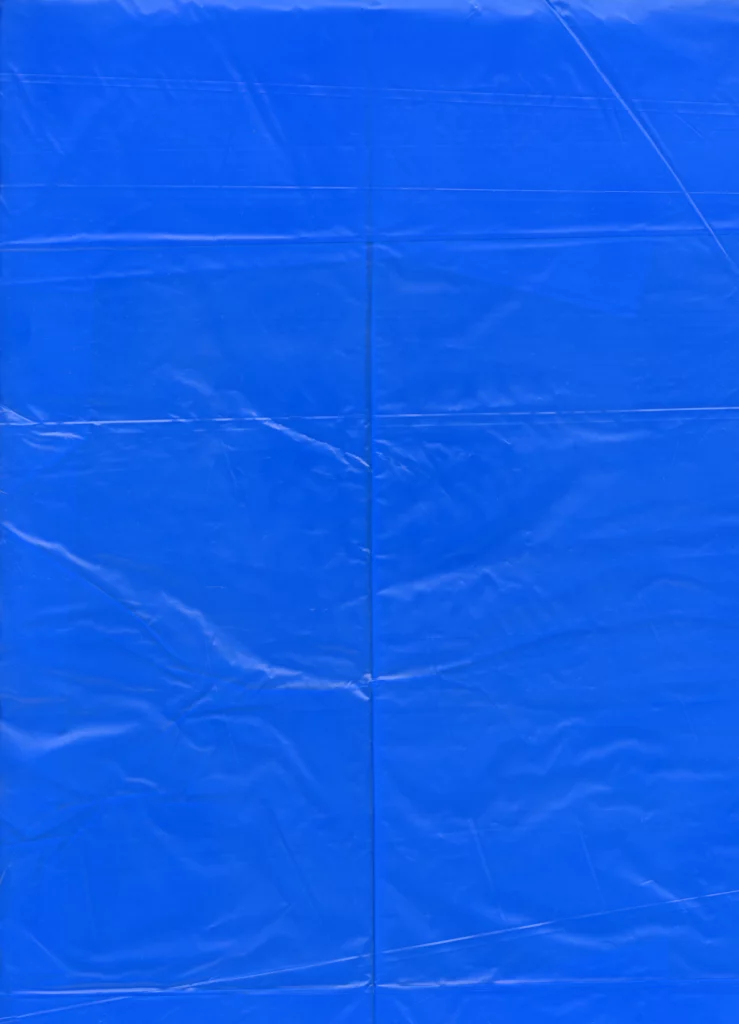
The first material tarps may have been made of
The use of tarps can be traced back to ancient times when nomadic people used animal hides to cover their shelters and protect their belongings from the elements. Tarps as we know them today likely evolved from these early forms of shelter and protection.
More recently, in the late 19th and early 20th centuries, tarps were primarily made from canvas, a heavy-duty and durable material that was ideal as the use of tarps grew with industries such as construction, agriculture, and transportation expanded and needed reliable, low-cost solutions for protecting their equipment and materials
How the material tarps are made of changed
Then, in the mid-20th century, the advent of new synthetic materials such as polyethylene (PE) and polyvinyl chloride (PVC) led to the development of lighter and more affordable tarps. These new materials offered improved resistance to water, UV light, and other elements, making them ideal for a wide range of outdoor uses.
Today, because they’re more versatile and affordable than ever, tarps continue to be an essential tool in a variety of households and industries. And, with new advances in materials and manufacturing techniques leading to ever-more specialised tarps for specific uses and applications, such as ute tray covers, tarps are going to be a staple for a long time to come.
What material are tarps made of? Common materials used in tarps
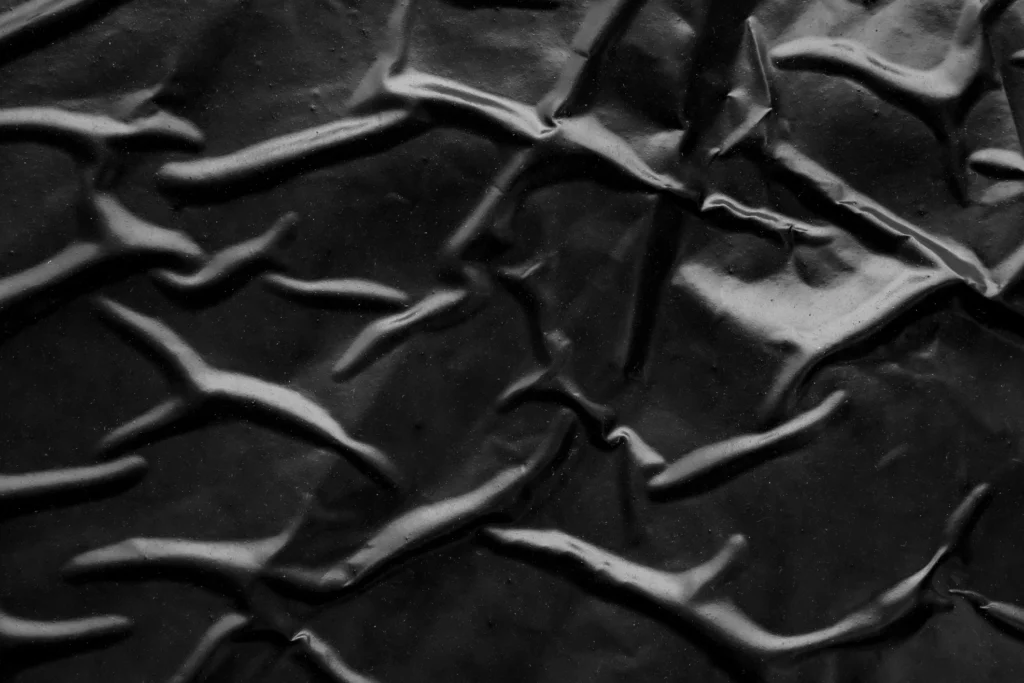
Polyethylene (PE)
Polyethylene (PE) is a thermoplastic polymer made from the monomer ethylene . It is a versatile and widely used material that is commonly found in many consumer and industrial products such as:
- Plastic bags, films, and packaging materials
- Food storage containers
- Water bottles
- Automotive parts
- Wires and cables
PE tarps are made from High-Density Polyethylene (HDPE) which is applied as lamination to each side of a fabric scrim. PE tarp edges are typically heat-sealed or “welded” and often contain a synthetic cord in the hem to improve edge stiffness.
Advantages of this material of tarp
Polyethylene is one of the most commonly used materials for tarps because it is affordable, lightweight, and durable. This makes PE tarps ideal for a variety of outdoor applications, from covering outdoor equipment to providing temporary shelter.
Disadvantages of this material of tarp
One of the disadvantages of polyethylene tarps is that they are not very breathable, which means that moisture can build up underneath the tarp. Additionally, polyethylene tarps tend to be lighter in weight and are more prone to tearing, which makes them less suitable for repetitive heavy-duty applications.
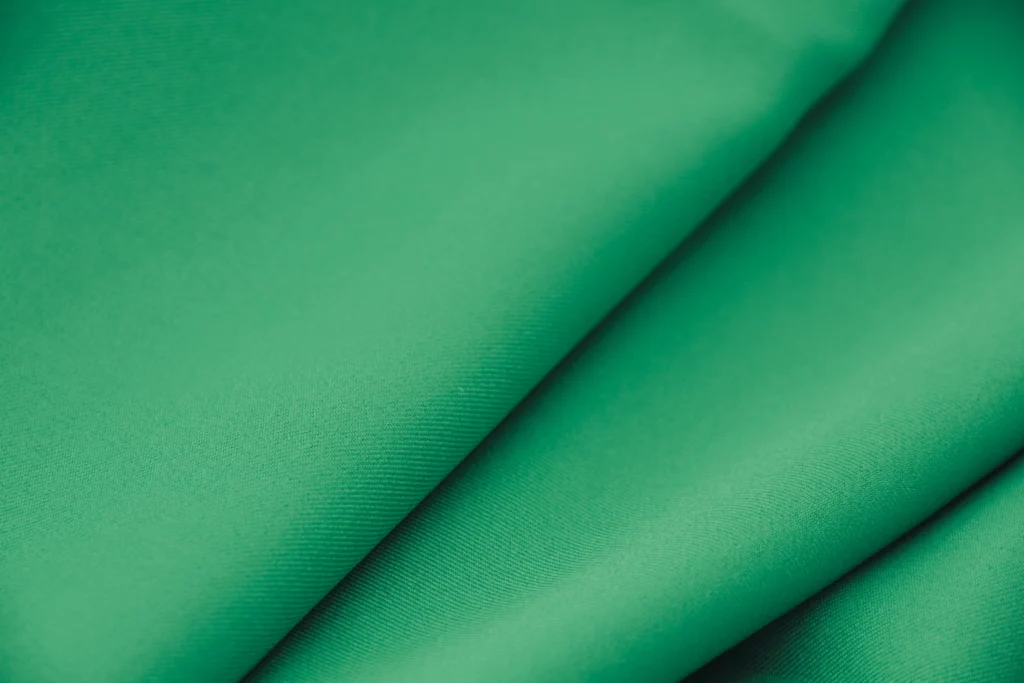
Canvas
Canvas is a durable and heavy-duty material that is commonly used in the manufacture of tarps. It is made from cotton or synthetic fibres that are woven into a tightly woven fabric. The tight weave of canvas makes it naturally water-resistant, while its breathable nature allows it to prevent condensation buildup. Canvas is commonly used in products like:
- Tents and camping gear
- Backpacks and duffel bags
- Sail covers, boat covers, and boat tarps
Advantages of this material of tarp
Canvas tarps are known for their durability, breathability, and water resistance. This makes them ideal for outdoor applications where protection from the elements is important. Additionally, canvas tarps are known for their long-lasting qualities, which makes them a good investment for those who use tarps frequently.
Disadvantages of this material of tarp
One of the main disadvantages of canvas tarps is their weight. Canvas tarps are much heavier than PE and PVC tarps, which makes them less suitable for applications where portability is important. Additionally, canvas tarps are more expensive than PE and PVC tarps, which can make them less accessible to some consumers and can be prone to mould if not dried correctly.
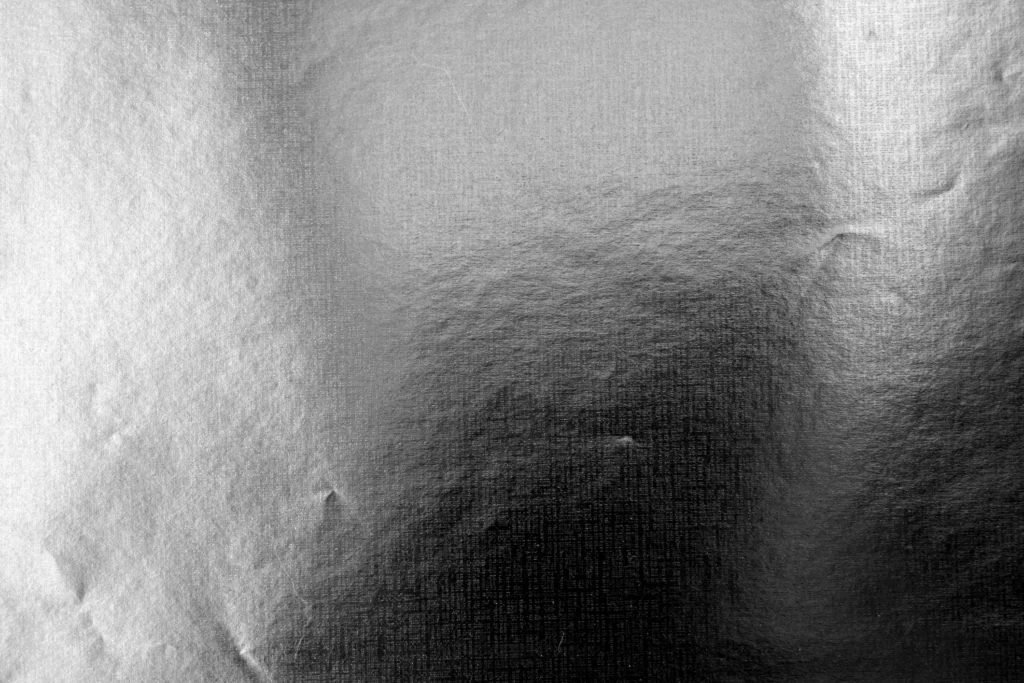
Vinyl
Vinyl is a synthetic polymer made from polyvinyl chloride (PVC) resin. It is a versatile and durable material that is often used in making tarps, but it’s also used in the making of rainwear, pool covers, and even home flooring.
PVC tarps are made by spreading a thin layer of PVC on each side of a synthetic scrim. The strength of the tarp is dependent on the thickness of the PVC layer and the density of the scrim. PVC tarp edges can be heat sealed in similar manner to PE tarps, but can also be sewn directly or with webbing for additional strength and durability.
Advantages of this material of tarp
Vinyl tarps are known for their waterproof qualities, making them ideal for applications where protection from the elements is essential. Additionally, vinyl tarps are durable and easy to clean, making them a good choice for those who use tarps frequently.
Disadvantages of this material of tarp
Like PE tarps, solid vinyl tarps are not breathable, which can lead to moisture buildup underneath the tarp. Additionally, vinyl tarps can become brittle over time if not properly treated with UV protection, especially in extreme weather conditions.
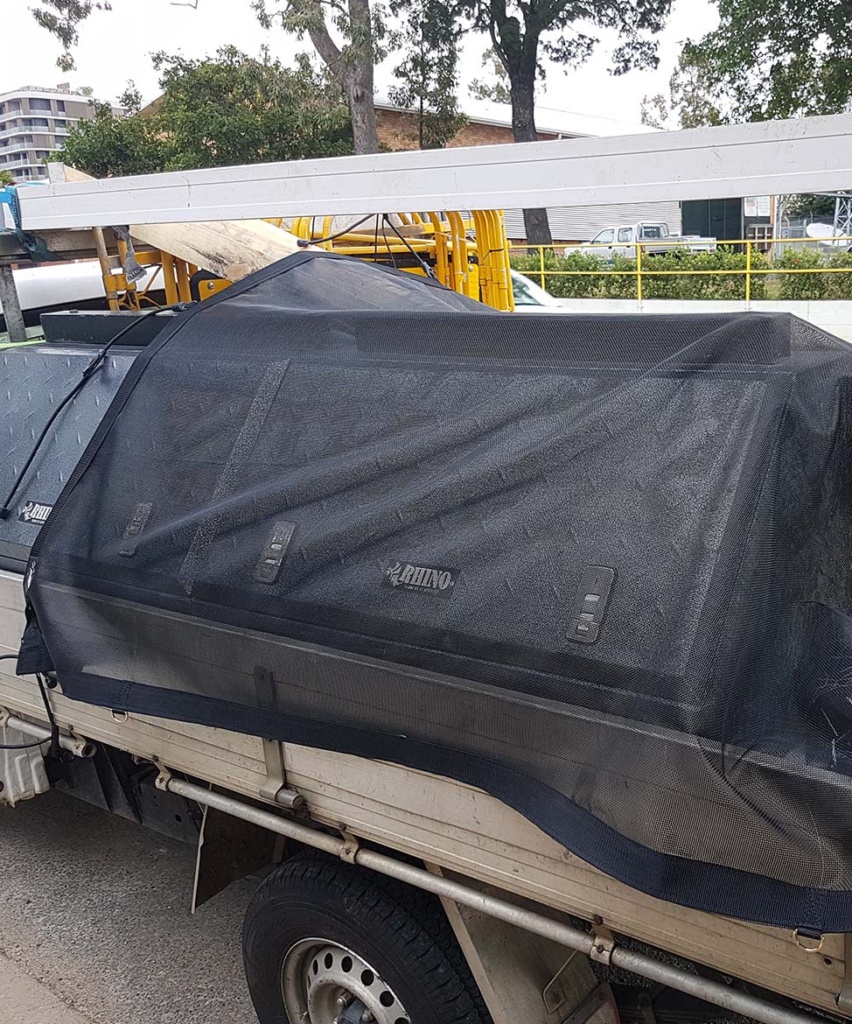
Other materials and construction (e.g. mesh, cotton, etc.)
There are many other materials used in tarps such as cotton and synthetic fabrics. Each material has its own advantages and disadvantages, and it’s important to consider these when choosing a tarp.
Mesh tarps are made from similar materials to solid tarps however they differ in being constructed from woven threads. These tarps are relatively lightweight, flexible and breathable, making them ideal for outdoor applications, particularly involving light diffusion and where wind may be an issue. On the other hand, cotton tarps are durable and water-resistant, but they can be heavy and expensive. It’s important to consider your specific needs and the type of application you will be using the tarp for when making your decision.
Choosing material tarps for you
Choosing the best material for a tarp depends on the specific needs and requirements of the user. While canvas is known for its heavy-duty and durable nature, polyethylene is a versatile and widely used material that offers relatively low cost, durability and weather resistance. For repetitive heavier-use trade and industrial applications, vinyl may be more appropriate.
Spider Tarp Australian Tarps
To learn more about the best material for your specific needs, take a look at the available Spider Tarp covers and Spider Tarp cords for more information. Spider Tarp uses a range of high-quality materials including UV-treated polyethylene (PE) and vinyl (PVC), coated fabrics to manufacture their waterproof covers and heavy-duty mesh cargo nets. Each tarp material is chosen for its durability and functionality, and application.
With a wide range to suit all budgets and needs, Spider Tarp offers a variety of options for all your load cover requirements. Take a look at the shop to learn more about each individual product, or contact us to learn more.


